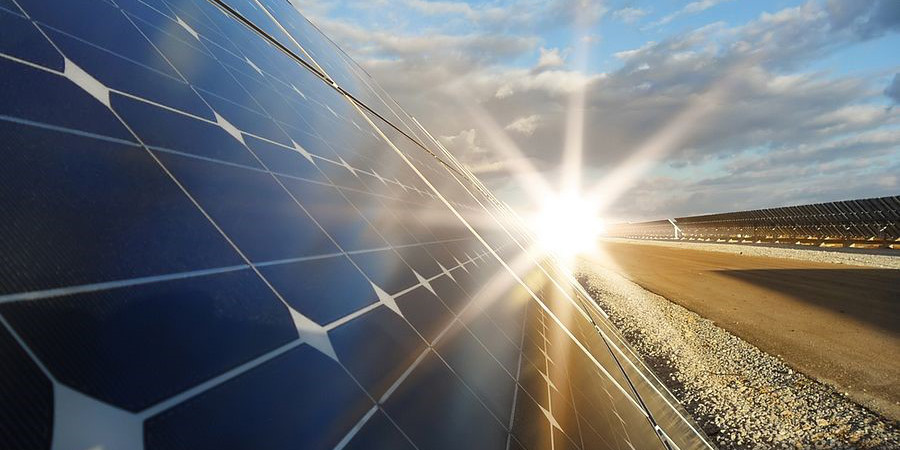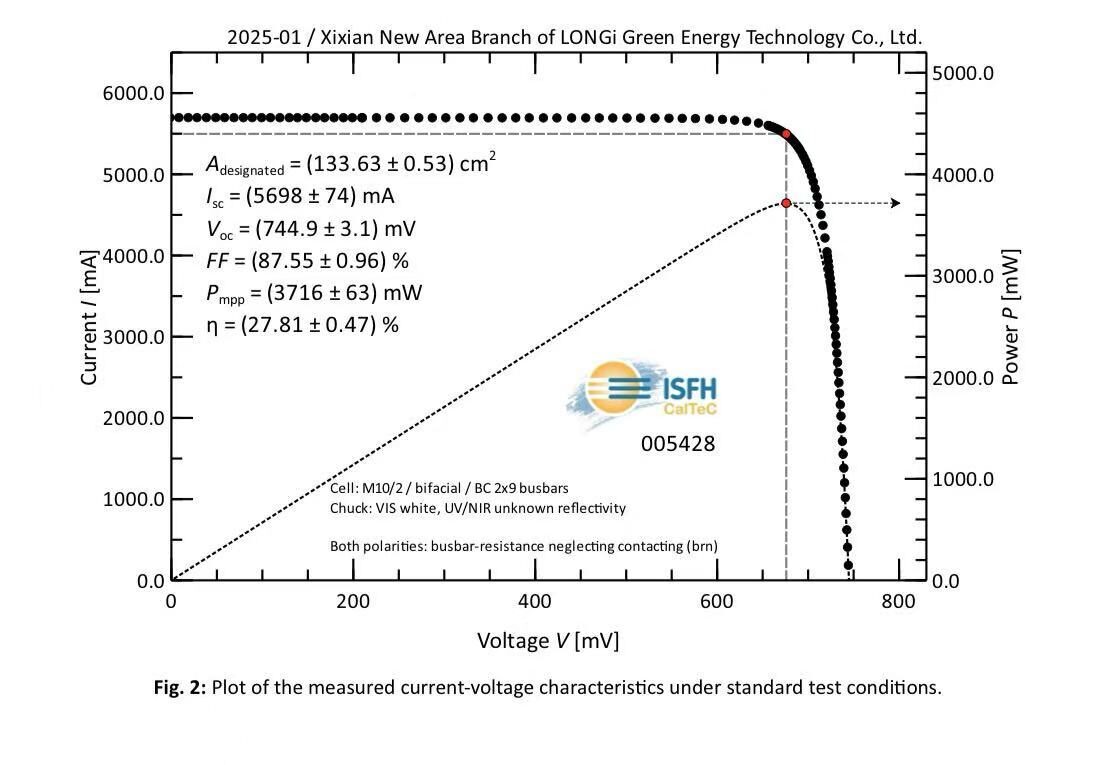With 196 hours of sunshine the norm in Germany during May, this year brought 275 hours, due to stable high-pressure weather conditions.
According to new figures from the International Economic Forum for Renewable Energies (IWR), solar power generation in Germany has been correspondingly high: photovoltaic systems in Germany generated 5.9 TWh of electricity last month, a new record of around 16% more electricity than in the previous record month – May 2017 – which saw around 5.1 TWh generated. According to the IWR figures, the total production of PV – including self-consumption – may have been as high as 6.6 TWh.
But it wasn't just solar that had the German renewables lobby smiling, with IWR figures from transmission system operators showing more wind power was generated in May than in the same month last year as well: 7.2 TWh – around 30% more than 12 months earlier.
In addition to the weather, the IWR attributes the increase to new wind farms which came into operation in the first months of 2018 as around 1.3 TWh of wind power came from offshore farms in the German North Sea and Baltic Sea.
According to the IWR, electricity generation from photovoltaics and wind in Germany totaled 13.1 TWh last month, 22% up on May last year. In the first five months of 2018, electricity production from photovoltaics and wind amounted to 65.2 TWh, an increase of 18% over the same period of 2017.
This content is protected by copyright and may not be reused. If you want to cooperate with us and would like to reuse some of our content, please contact: editors@pv-magazine.com.



The increase in output from renewables is much larger than the increase in installed capacity. Much of this is of course due to the weather. But has anybody investigated whether any of the improvement was down to higher operational efficiency, for example in wind turbine management?